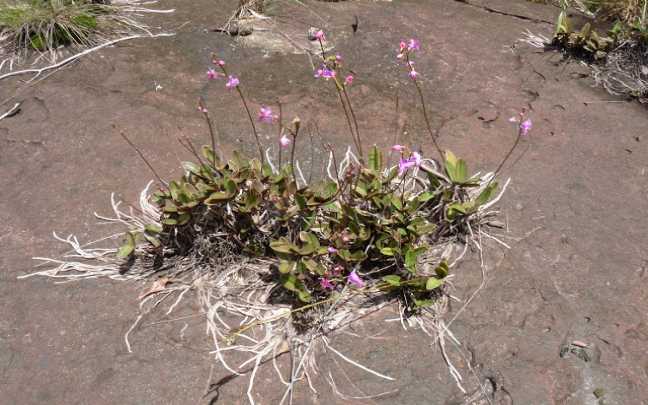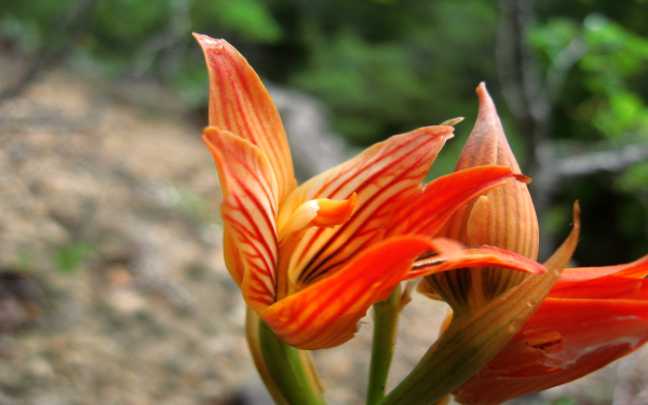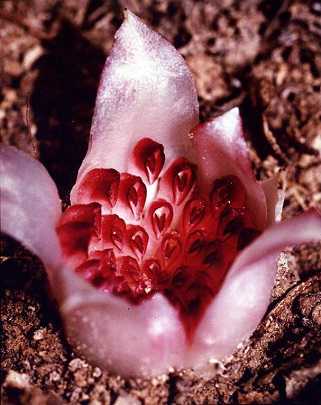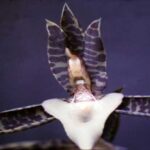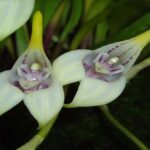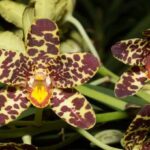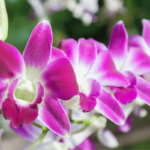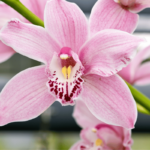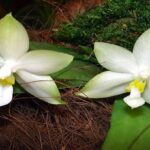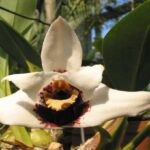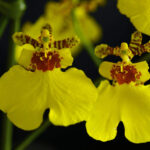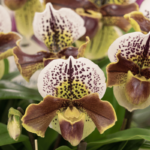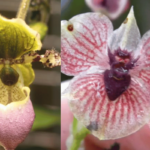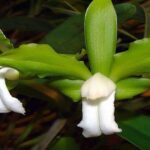Orchids can be classified in various ways.
When using their common physical characteristics as a basis, they are classified into genera.
When considering their growth pattern, orchids are classified into monopodial and sympodial growth types.
And when classifying orchids based on their natural habitat, we arrive at the following classifications:
- Epiphytes
- Terrestrials
- Rupicolous
- Humicolous
- Saprophytes
As terrestrial and epiphytic orchids have already been explained in this article, let’s focus on rupicolous, humicolous, and saprophytic orchids.
Learn How to Achieve Super Blooms on Your Orchids
🛑 If you love orchids and you're tired of not being able to make them bloom...
Then, know that thousands of beginner growers are achieving beautiful flowers on their orchids by following this method.
Click the button below to have beautiful orchids with show-worthy flowers every year. ⤵
Rock-Living / Lithophytes Orchids
Lithophytes orchids can also be referred to by various other names such as lithophytes, rupestris, and even saxicolous. They are basically orchids that grow on rocks.
Actually, they grow on cracks in these rocks where organic matter accumulates.
Since these locations often lack sufficient nutrients for these orchids, they are usually small.
Some interesting characteristics include:
- They naturally lose very little water, ensuring better survival.
- For their existence, it is necessary for a fungus to settle on the rock first. This way, the orchid will settle in this fungus and manage to survive.
In summary: a lithophytic orchid is one that lives on a fungus that settles on rocks, meaning it lives on rocks.
Some examples of rupicolous or lithophytic orchids are found within the Catasetum genus.
See more:
- Orchid Care for Beginners: Quick and Easy 7-Step Guide
- Phalaenopsis (The Moth Orchid) – A 9-Step Care Guide
- Paphiopedilum Orchid Care: Everything You Need to Know
Humus-Living / Humicolous Orchids
Humicolous orchids are very similar to saprophytic ones.
Due to their almost identical nature, these orchids cause great confusion among orchid enthusiasts.
Basically, humicolous orchids feed on decomposing organic matter, have chlorophyll, and perform photosynthesis.
They are not very common among orchids, so you might never cultivate them.
A good summary for this type of orchid is:
Humicolous is a botanical term that qualifies plants that live on decomposing plant organic matter. WIKIPEDIA
Saprophytic Orchids
The correct term in this case would be saprophytic orchid.
This is because currently, there is an orchid considered saprophytic, and its name is Rhizanthella gardneri.
It is native to Australia and is considered one of the rarest orchids in the world.
Basically, the saprophytic orchid also feeds on decomposing organic materials, lacks chlorophyll, and does not perform photosynthesis.
To learn more about saprotrophy, access this article.

